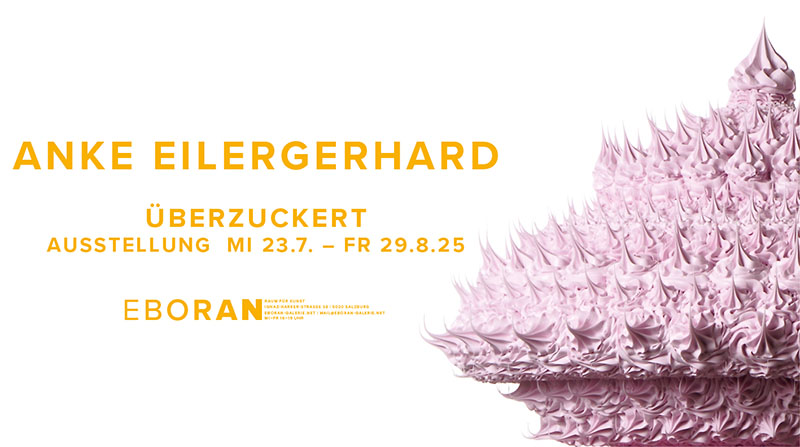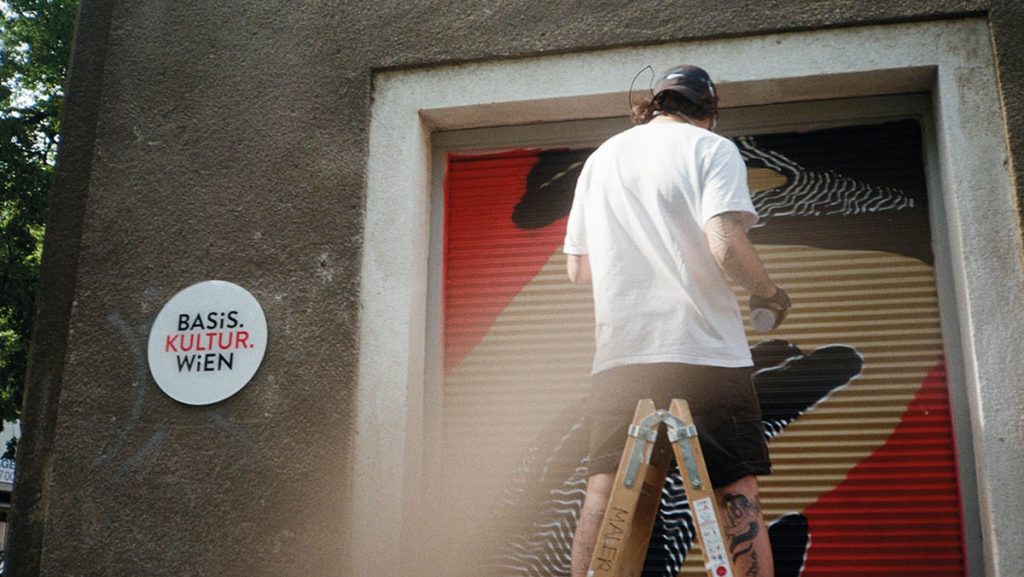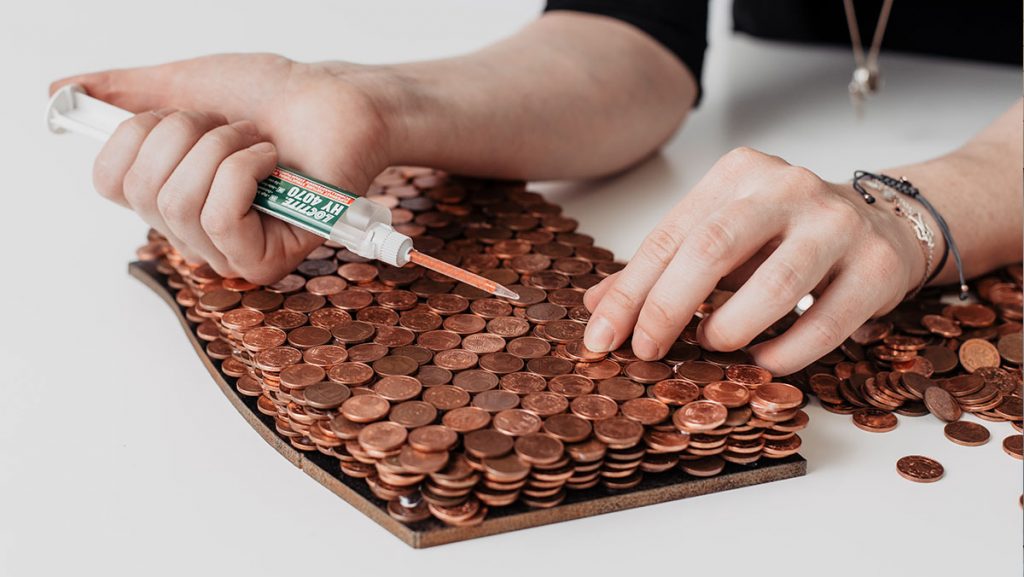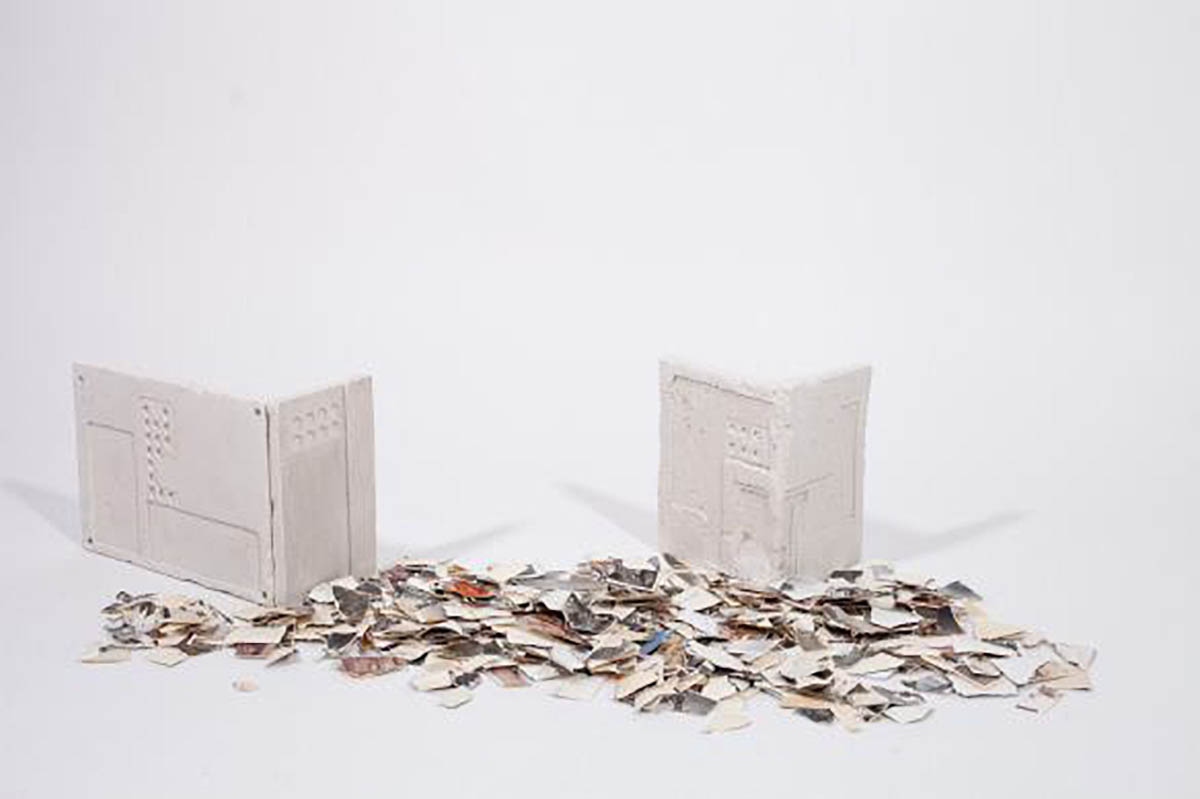
I came across your work whilst having a conversation with spazioSERRA (Milano). I interestingly was choosing a picture of your exhibition „Le città felici hanno l’architettura“ as a cover for this interview. I would like to ask you about your journey toward this art space.
Some time ago I realized that I need to take action. I needed to find places where I can show my project and exhibit. First of all the purpose was to grow and to develop, I am sure that for my art only set exhibition works as a statement. This experience helps me to track my way of thinking. Mostly I was searching for open calls and applying for spaces where I believed my works would fit in. At the beginning I was very focused on how the space looks like, and if I liked the architecture just planning to visualize or to make a proposal there was quite satisfying. SpazioSerra had an open call, where I applied with my pleasure, and then they contacted me for the interview because my project was shortlisted. From the beginning I’ve understood that to be able to understand Vincenzo Argentieri I needed to upgrade my Italian, because his language of expression as a curator is Italian and his concept was so brilliant that I didn’t want to miss even a part of it. At that point I spoke a bit Italian, I never studied in a school with focus on the languages. I studied in a very simple school but I invested my free time in learning whether it was Italian, German, English or French. I always thought it was fair to be able to speak with people in their own language. I am now thinking of learning Czech because I had really many projects there and I hope many more are coming, Spanish is also a big Baustelle for me. Let’s say learning languages is my hobby. Learning languages was a perfect way to learn different cultures. It is still so that the best books about arte povera are written in Italian and I love the idea that I can read them with no problem.
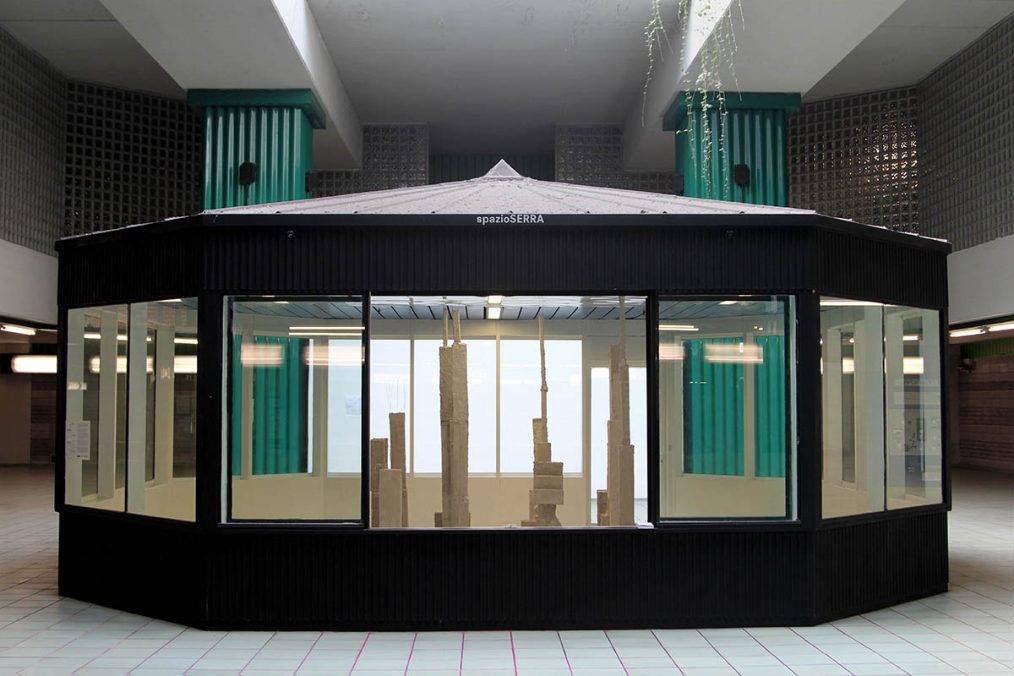
Anna Bochkova, Le città felici hanno l’architettura at spazioSERRA, Milan, 2019. Concrete, cardboard, aluminum leafs. Exhibition view. Photo credit: Cristiano Rizzo 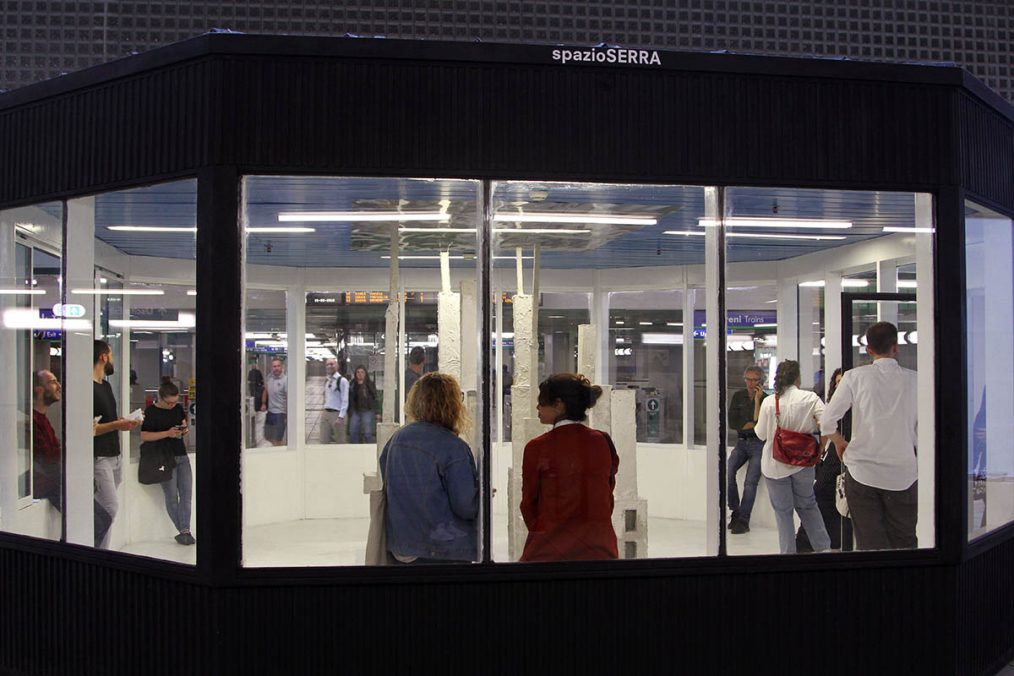
Anna Bochkova, Le città felici hanno l’architettura at spazioSERRA, Milan, 2019. Concrete, cardboard, aluminum leafs. Exhibition view. Photo credit: Cristiano Rizzo
It is very obvious that site(s) play a crucial role in your exhibitions. Can you tell us about the approach you use in getting to know a space?
Well, it is really hard for me not to do a site-specific work. I always try to learn what is the memory of the space I’m entering and what my themes would create a perfect dialogue with the space. I work a lot with utopian concepts, also with modernist utopias. For example my show ‘Silent Places’ was situated in [inthebox] Kuenstlerhaus Sootboern, this art house used to be a school build by two Bauhaus architects, due to the airport the school got closed and 2 floors had to be demolished but since it was an architectural memorial the ground floor stayed, since a couple of decades this space belongs to art community. This is what I mean, art can deal with every space, and can bring new life into this. So I had a project dealing with different approaches of architectural modernist utopias. As you can see this place was perfect.
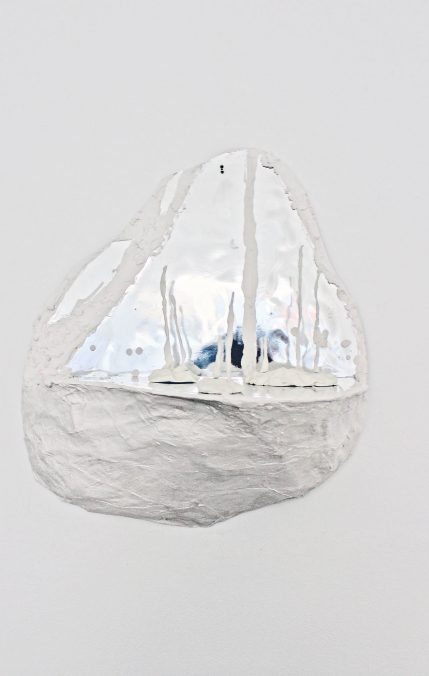
Anna Bochkova, Cosmic Poetics, exhibition view at Einstellungsraum. Planetoids, 2021, diverse dimensions, plaster, cardboard, aluminium leaf, ceramics, chain. 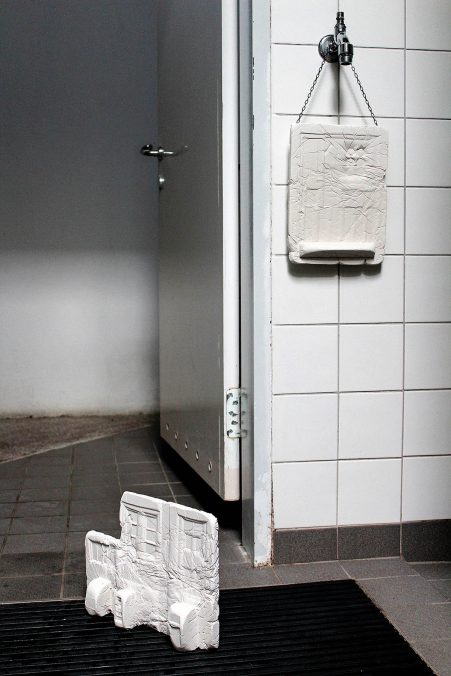
Anna Bochkova, Borderland, 2020, sculpture, plaster, medical gaze, 23x33x5 cm + Soft memories, 2020, sculpture, plaster, chain, medical gaze, 28×20 cm (No fundo do mar installation view) 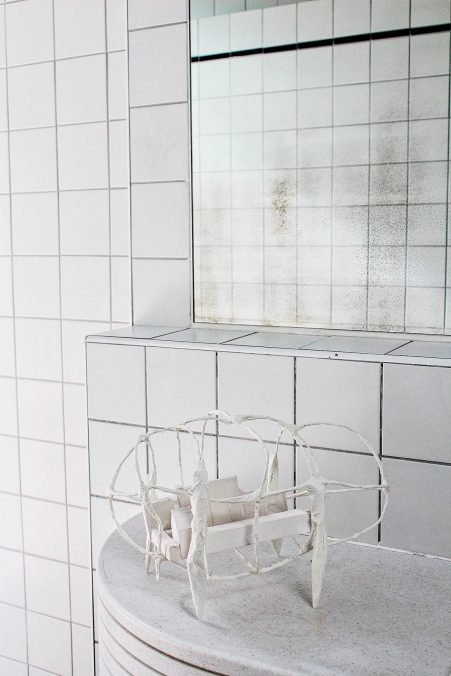
Anna Bochkova, Star City, 2020, sculpture, wire, cardboard, plaster, 30x43x22 cm (No fundo do mar installation view)
Lately, I’ve been thinking a lot about the importance of working with curators. What are the main benefits of these collaborations?
You get a great feedback. But also it can be as an individual couching if you like. If both artist and curator are on the same vibe, there is an incredible development and artistic growth.
For example in spazioSerra I worked with Vincenzo Argentieri. He saw a potential in an older project of mine which I didn’t consider interesting for me anymore. And through our dialogue, through this search we came to the great outcome. That was a very special experience for me.
What are the influences in your development and aesthetics? Where do you find inspiration?
Every person and situation I encounter in my life has created an environment for me to learn from. But to specify I would definitely say my family, they believe in me and they support me and this is the biggest treasure that I have, because at the end there are personal qualities I admire in people around me and that the attitude and the approach I can learn from. Art is a very personal thing for me. Also, this is an ongoing learning process. Every day I discover new names, new articles – since I work a lot with the theory. I can name numerous shows, projects, artists I admire. But I say so: I have a book about Russian Medieval Church painting, books about ancient Greek and Egyptian art, books of Russian Avant-garde, especially Kasimir Malevich and El Lissitsky, Louise Bourgeois. This is just a small part but looking through this material always gives me inspiration.
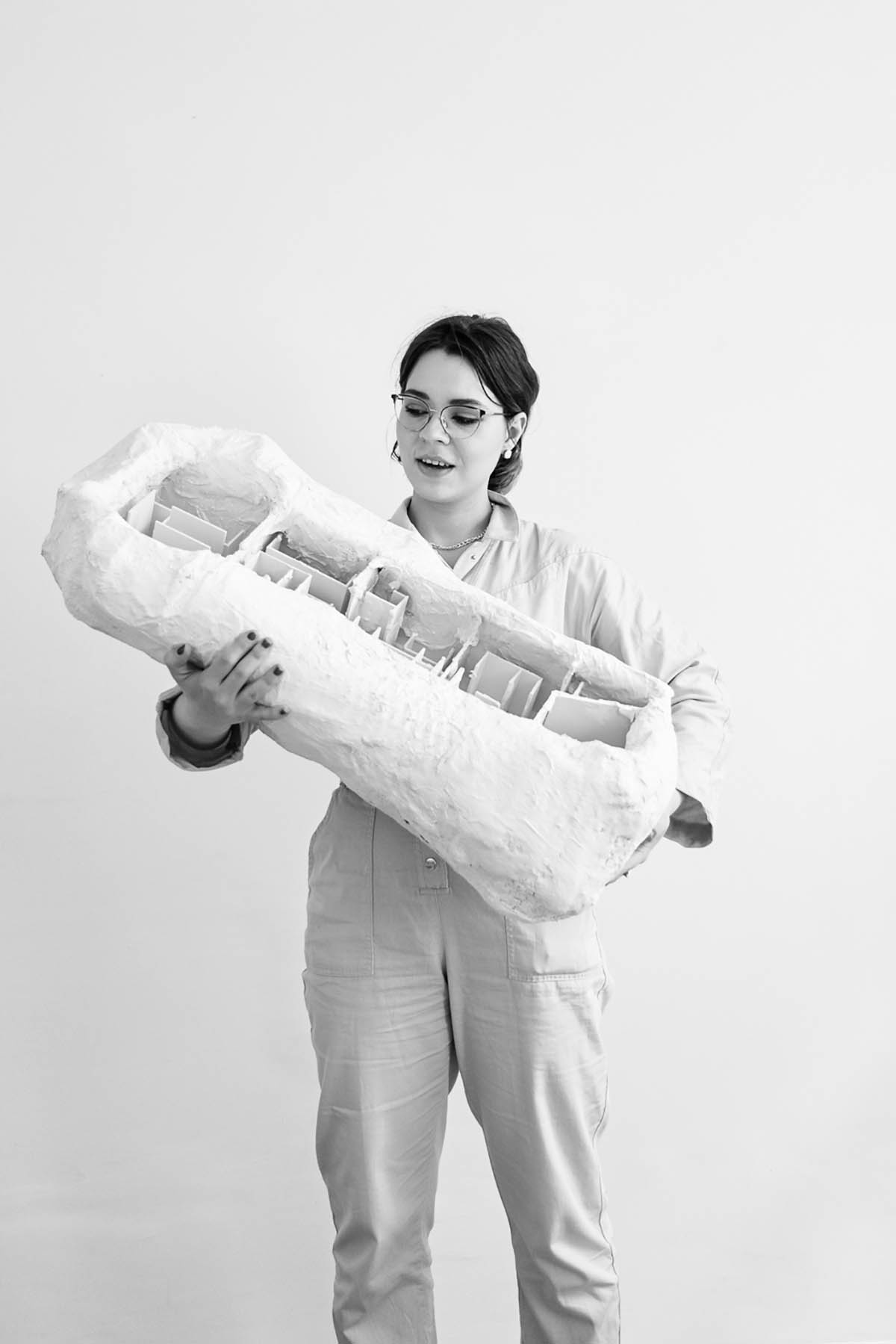
Photo: Valerie Habsburg.
You have just returned in Vienna, after a semester in HFBK. How has this time been for you?
Hamburg was indeed an unexpectedly nice experience for me, within a couple of months I had 3 shows duo in Kunstverein Harburger Bahnhof, Solos in [inthebox] and in Einstellungsraum and one Rundgang. I have the feeling that discussion culture in the HFBK is more developed as in academy in Vienna. Despite the restrictions I’ve met many people (digitally or in workshops). I was working mostly with ceramics cause I was always willing to try it but academies in Vienna don’t have these facilities and it’s just hard to get to Angewandte if you’re not a student.
What are you currently working on?
Currently, I’m working on one curatorial project and a couple of upcoming shows. All these projects have something in common: research of forgotten concepts, alternative presentation of the history, analysis of the past in personal and global sense. Still all projects deal with different themes. I’ve already mentioned my show with Kunstraum Lakeside, then it will be a great project ‘Paradiso Amato’ curated and initiated by Valerie Habsburg in X-hibit after the opening of the historic academy building. So, yes, it is a lot to look forward to!
Future and wishes. What are yours?
I just wish to have a nice studio in next years where I can properly develop my art practice, ceramics studio was truly a paradise for me these months. I just came there, there was always a lot of place, a lot of clay and everything needed, so I basically just had to think about the works themselves. It was an enormous privilege which I was completely not used to cause normally the logistics which I organize myself are taking far more time than they should. During corona it become clear for me that it is not about where I am but with who I am. Of course it would be dreamy to have a studio somewhere in Italy, keep practicing my Italian and enjoying good weather and food. I come from south and I really don’t like when it’s still cold in Hamburg. In Russian there is a saying: If you want to bring God to laugh, tell him about your plans. So, of course I have some wishes but I keep myself as flexible as possible, I think it is also a very important approach in my art. Despite I always have a clear plan – I let the things happen spontaneously, I give the place to material to develop itself, even in ceramics. Yes it’s hard to predict glazing, so I just enjoy the process and trust my feelings.
Anna Bochkova – www.instagram.com/anna__bochkova/
About the Interviewer: Erka Shalari (*1988, Tirana) is a Vienna-based art author. She focuses on discovering independent young and emerging artists, unconventional exhibition spaces, and galleries that have deliberately broken new ground in their working methods. In this regard, she relies on unorthodox publishing practices, coupling these with a nonchalant manner of writing. The work oscillates between articles for magazines, exhibition texts and press releases.



